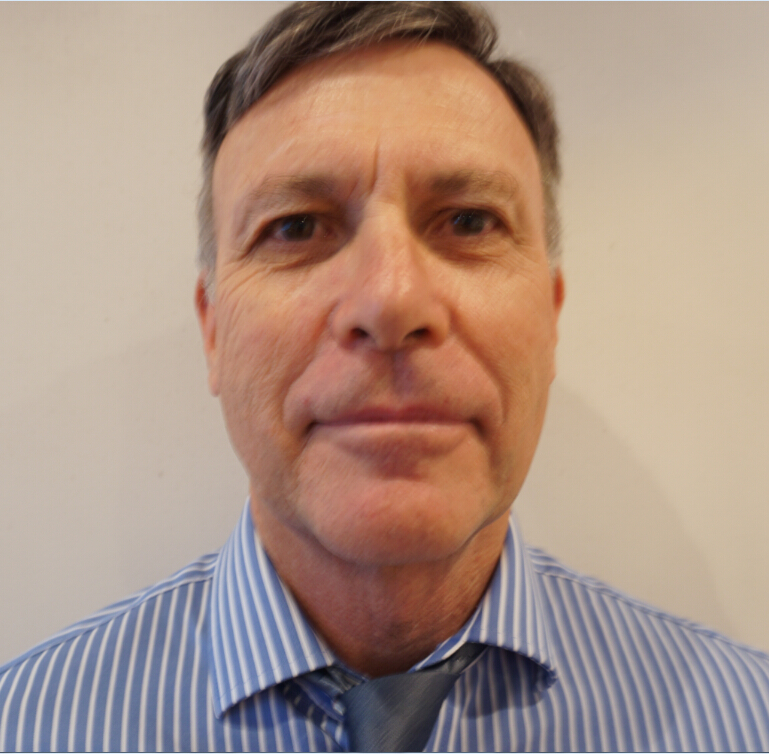ISSN- Online: 2313-1462; Frequency: Bimonthly; The first Issue: June, 2014; Full Open Access; Publishing fee
SCOPE: The journal publishes research papers in areas of research include, but are not limited to, the following: arthroscopy, evidence-based medicine, epidemiology, nursing, sports medicine, therapy of bone and spinal diseases, bone trauma, osteoarthropathy, bone tumors and osteoporosis, minimally invasive therapy, diagnostic imaging. Clinical diagnosis, laboratory diagnosis, differential diagnosis, imaging tests, pathological diagnosis, molecular biological diagnosis, immunological diagnosis, genetic diagnosis, functional diagnostics, and physical diagnosis; and comprehensive therapy, drug therapy, surgical therapy, interventional treatment, minimally invasive therapy, and robot-assisted therapy.
MISSION: The mission of the journal is the rapid exchange of scientific information between clinicians and scientists worldwide. The journal seeks to publish original clinical practice and research in the extensive field of orthopaedics, traumatology and arthroscopy.
Indexing/abstracting: Member of the International Society of Physiotherapy Journal Editors(ISPJE), World Confederation for Physical Therapy (WCPT). Digital Object Identifier (DOI), and Directory of Research Journals Indexing (DRJI), scholar.google.com, Open Access Library (USA), InfoBase Index. All papers published in our journal can be searched in Google, Google Scholar.
EDITOR-IN-CHIEF

Gregory Alan Day, PhD FRACS (ORTH) FAOrthA,Surgery of the Spine,Level 6 Professor, Specialist Medical Centre, Pacific Private Hospital, Southport, His research and medical corporate architecture have been partly funded by the University of Queensland, Australian Orthopaedic Association and
MoreCOVER IMAGE

Figure 1 A: Case 1 pre-op X-ray; B: Case 1 post-op X-ray. Acromioclavicular dislocation is quiet common with most common mode being direct trauma due to fall on shoulder. Treatment of Rockwood type III acromioclavicular dislocations is still controversial with evidence present in favour of both operative and non-operative interventions
MoreFeatured
- TITLE: Difference in the Changings of Blood Coagulation Fibrinolysis Markers Before and After Spinal Surgery in Adolescent and Elderly Patients. AIM: The purpose of this study is to investigate the differences in changing of blood coagulation and fibrinolysis markers before and after spinal surgery in adolescent and elderly patients. MATERIALS AND METHODS: This retrospective two-center study enrolled 56 low-risk patients between October 2012 and April 2015. 27 adolescent idiopathic scoliosis (AIS) patients (3 boys, 24 girls; mean age 15 years) underwent instrumentation for posterior fusion. 29 lumbar spinal canal stenosis (LSCS) patients (15 men, 14 women; mean age 71 years) underwent laminectomy for posterior decompression. Plasma levels of soluble fibrin monomer complex (SFMC), D-dimer, and plasminogen activator inhibitor type 1 (PAI-1) were measured at 1 day preoperatively and on postoperative days (PODs) 1, 3, and 7. More
Current
EXCELLENT ARTICLES
Table of Contents
EDITORIAL
| Adult Spinal Deformity: Sagittal Imbalance |
PDF
HTML
|
|
JM Cavanilles-Walker, C Ballestero, M Iborra, MT Ubierna, SO Tomasi |
64-72 |
| Modern Techniques in Knee Arthrodesis |
PDF
HTML
|
|
Kelvin Kim, Nimrod Snir, Ran Schwarzkopf |
487-496 |
TOPIC HIGHLIGHT
| Scapular Dyskinesis: Related Pathology |
PDF
HTML
|
|
Emilio López-Vidriero, Rosa López-Vidriero, Luis Fernandez Rosa, Emiliano Gallardo, Jose Antonio Fernández, Rafael Arriaza, Julian Ballesteros |
191-195 |
REVIEW
| Radiographic Assessment of Lower Limb Lengthening in Achondroplastic Patients, Using the Ilizarov Frame: A 5-19 Year Follow up Study |
PDF
HTML
|
|
Maria A Stefanou, Dimitrios Pasparakis, Dimitrios Mastrokalos, Chrisa Tzoumaka-Bakoula, Nikolaos Papandreou, Panayiotis J. Papagelopoulos |
140-145 |
| The Achilles Tendinopathy: Pathogenesis Review |
PDF
HTML
|
|
Manuel Bondi, Nicola Rossi, Bruno Magnan, Lodovico Renzi Brivio |
289-299 |
ORIGINAL ARTICLE
| The Effect of Methylsulfonylmethane on Osteoarthritic Large Joints and Mobility |
PDF
HTML
|
|
Thomas A Pagonis, Panagiotis A Givissis, Aristidis C Kritis, Anastasios C Christodoulou |
19-24 |
| Anabolic Steroids Improve Bone Mineral Density and Quality of Life in Patients with Osteoporotic Fractures Around the Hip |
PDF
HTML
|
|
Reetadyuti Mukhopadhyay, Sukhbir Singh Sangwan, Paritosh Gogna, Rohit Singla, Zile Singh Kundu, Pradeep Kamboj, Amanpreet Singh, Narender Kumar Magu, Nitin Gupta Gupta |
164-167 |
| ROLE OF PAIN MAPPING IN SHOULDER DISORDERS |
PDF
HTML
|
|
SUDHIR SINGH, FARID MOHAMMAD, SUMIT GILL, DHARMENDRA KUMAR, SANJIV KUMAR |
323-327 |
CASE REPORT
| Radial Nerve Palsy after Arthroscopic Rotator Cuff Repair Caused by Functional Abduction Brace |
PDF
HTML
|
|
Jeong Woo Kim, Tae Kyun Kim, Seok Hyun Kwon, Hong je Kang, JungHyun Park, Yongchan Lee, Jiwoong Choi |
|
| A Unique Case of a Titanium Plate Failure Following Osteosynthesis of a Forearm Fracture |
PDF
HTML
|
|
Panagiotis K Givissis, Stavros I Stavridis, Dimitrios K Karataglis, Thomas A Pagonis, Anastasios G Christodoulou |
120-123 |

This work is licensed under a
Creative Commons Attribution 3.0 License.
ISSN: 2311-5106
 Gregory Alan Day, PhD FRACS (ORTH) FAOrthA,Surgery of the Spine,Level 6 Professor, Specialist Medical Centre, Pacific Private Hospital, Southport, His research and medical corporate architecture have been partly funded by the University of Queensland, Australian Orthopaedic Association and More
Gregory Alan Day, PhD FRACS (ORTH) FAOrthA,Surgery of the Spine,Level 6 Professor, Specialist Medical Centre, Pacific Private Hospital, Southport, His research and medical corporate architecture have been partly funded by the University of Queensland, Australian Orthopaedic Association and More Figure 1 A: Case 1 pre-op X-ray; B: Case 1 post-op X-ray. Acromioclavicular dislocation is quiet common with most common mode being direct trauma due to fall on shoulder. Treatment of Rockwood type III acromioclavicular dislocations is still controversial with evidence present in favour of both operative and non-operative interventions More
Figure 1 A: Case 1 pre-op X-ray; B: Case 1 post-op X-ray. Acromioclavicular dislocation is quiet common with most common mode being direct trauma due to fall on shoulder. Treatment of Rockwood type III acromioclavicular dislocations is still controversial with evidence present in favour of both operative and non-operative interventions More



